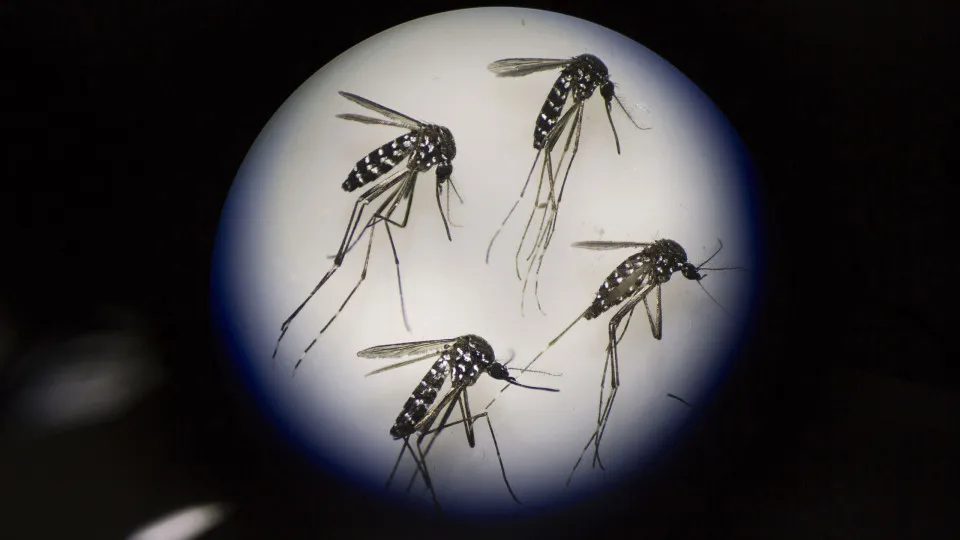Observed annually on August 20, World Mosquito Day commemorates the 1897 discovery by British doctor Sir Ronald Ross that malaria is transferred by mosquitoes. Browse the following gallery and find out why such a malevolent, bloodsucking, and supremely annoying insect gets its own special day out. Click on!
Why do we celebrate World Mosquito Day?
The world's deadliest insect has its own day
© Getty Images
RECOMMENDED FOR YOU



